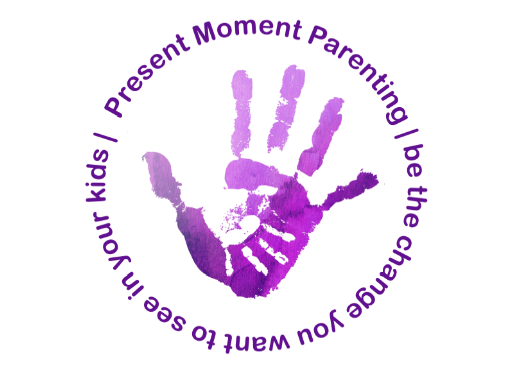
What parent doesn’t dread the check-out aisle at Woolies or taking their child with them to the toy store to buy gifts for an upcoming party? That constant “I want… I want… I want…”. We’ve all been there and the temptation to become Mr or Mrs No-Sayer is all too strong.
The trouble is, that it is natural to have desires, so how do we deal with this without squashing our kids’ ability to dream and to create their realities as they would like them to be, AND without turning them into little spoiled brats by buying them anything they want?!
The trouble is, that it is natural to have desires, so how do we deal with this without squashing our kids’ ability to dream and to create their realities as they would like them to be, AND without turning them into little spoiled brats by buying them anything they want?!
The secret lies in the wishlist. Keep a little notebook in your bag and when “I want” rears it’s ugly little head you can say: “I know… isn’t it a wonderful x, y or z, I can understand why you would want that, so let’s add it to your wishlist”.
This way you don’t need to be the eternal no-sayer, your child feels that their desires are being heard and acknowledged and shopping trips don’t turn into temper tantrums.
It is worth occasionally buying them things that are on their wishlists – for birthdays or Christmas – so that they can see their desires manifesting. Trust me, they won’t remember everything on the list. And in the next newsletter we’ll explain to you how to expand on this idea to help kids learn about money and saving from a very young age.
Using the wishlist shows kids that you respect them and their desires, that you take them seriously and are not always trying to brush them off. They feel that they are important and worth your time, and that their desires are important enough to write down.
Remember to do this for yourself once in a while too. I like to start my year with a vision board that is the visual equivalent of a wishlist; showing my desires for the year and reminding me to keep to my goals.
If you have trouble with goal setting or allowing yourself to be good to yourself, then give us a call – we have some great techniques for effective goal setting and even better ones for clearing those limiting beliefs that stop you from achieving them!
Be the change you want to see in your kids.
This way you don’t need to be the eternal no-sayer, your child feels that their desires are being heard and acknowledged and shopping trips don’t turn into temper tantrums.
It is worth occasionally buying them things that are on their wishlists – for birthdays or Christmas – so that they can see their desires manifesting. Trust me, they won’t remember everything on the list. And in the next newsletter we’ll explain to you how to expand on this idea to help kids learn about money and saving from a very young age.
Using the wishlist shows kids that you respect them and their desires, that you take them seriously and are not always trying to brush them off. They feel that they are important and worth your time, and that their desires are important enough to write down.
Remember to do this for yourself once in a while too. I like to start my year with a vision board that is the visual equivalent of a wishlist; showing my desires for the year and reminding me to keep to my goals.
If you have trouble with goal setting or allowing yourself to be good to yourself, then give us a call – we have some great techniques for effective goal setting and even better ones for clearing those limiting beliefs that stop you from achieving them!
Be the change you want to see in your kids.







 RSS Feed
RSS Feed